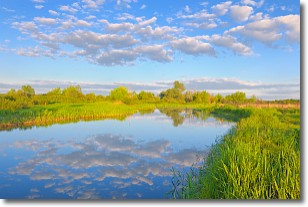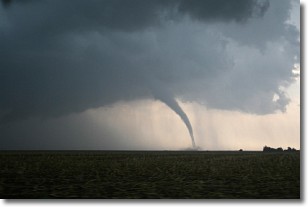Weather Alert in Texas
Flood Warning issued June 15 at 2:00PM CDT until June 16 at 10:00AM CDT by NWS Houston/Galveston TX
AREAS AFFECTED: Brazoria, TX; Fort Bend, TX; Wharton, TX
DESCRIPTION: ...The Flood Warning is extended for the following rivers in Texas... Navasota River near Normangee affecting Brazos, Grimes and Madison Counties. San Bernard River near Boling affecting Brazoria, Fort Bend and Wharton Counties. ...The Flood Warning continues for the following rivers in Texas... San Bernard River near Sweeny affecting Brazoria County. Trinity River near Crockett affecting Trinity, Houston, Madison and Walker Counties. Trinity River at Riverside affecting Trinity, Walker, San Jacinto and Polk Counties. Trinity River at Liberty affecting Liberty County. Trinity River near Moss Bluff affecting Chambers and Liberty Counties. For the Trinity River...including Crockett, Riverside, Moss Bluff, Liberty...Moderate flooding is forecast. For the Navasota River...including Normangee...Moderate flooding is forecast. For the San Bernard River...including Sweeny, Boling...Minor flooding is forecast. * WHAT...Minor flooding is occurring and minor flooding is forecast. * WHERE...San Bernard River near Boling. * WHEN...Until late tomorrow morning. * IMPACTS...At 18.0 feet, Minor lowland flooding begins upstream from gage. Minor backwater flooding up Peach Creek in Wharton County threatens low-lying areas. * ADDITIONAL DETAILS... - At 12:15 PM CDT Sunday the stage was 19.5 feet. - Bankfull stage is 14.0 feet. - Recent Activity...The maximum river stage in the 24 hours ending at 12:15 PM CDT Sunday was 20.3 feet. - Forecast...The river is expected to fall below flood stage late this evening and continue falling to 6.5 feet early Friday afternoon. - Flood stage is 18.0 feet. - Flood History...This crest compares to a previous crest of 19.4 feet on 11/17/1961. - http://www.weather.gov/safety/flood
INSTRUCTION: Motorists should not attempt to drive around barricades or drive cars through flooded areas. Turn around, don't drown when encountering flooded roads. Most flood deaths occur in vehicles. Additional information is available at www.weather.gov/hgx. The next statement will be issued by Monday morning at 700 AM CDT.
Want more detail? Get the Complete 7 Day and Night Detailed Forecast!
Current U.S. National Radar--Current
The Current National Weather Radar is shown below with a UTC Time (subtract 5 hours from UTC to get Eastern Time).

National Weather Forecast--Current
The Current National Weather Forecast and National Weather Map are shown below.

National Weather Forecast for Tomorrow
Tomorrow National Weather Forecast and Tomorrow National Weather Map are show below.

North America Water Vapor (Moisture)
This map shows recent moisture content over North America. Bright and colored areas show high moisture (ie, clouds); brown indicates very little moisture present; black indicates no moisture.

Weather Topic: What are Stratocumulus Clouds?
Home - Education - Cloud Types - Stratocumulus Clouds
 Next Topic: Stratus Clouds
Next Topic: Stratus Clouds
Stratocumulus clouds are similar to altocumulus clouds in their
fluffy appearance, but have a slightly darker shade due to their additional mass.
A good way to distinguish the two cloud types is to hold your hand out and measure
the size of an individual cloud; if it is the size of your thumb it is generally
an altocumulus cloud, if it is the size of your hand it is generally a
stratocumulus cloud.
It is uncommon for stratocumulus clouds to produce precipitation, but if they do
it is usually a light rain or snow.
Next Topic: Stratus Clouds
Weather Topic: What are Wall Clouds?
Home - Education - Cloud Types - Wall Clouds
 Next Topic: Altocumulus Clouds
Next Topic: Altocumulus Clouds
A wall cloud forms underneath the base of a cumulonimbus cloud,
and can be a hotbed for deadly tornadoes.
Wall clouds are formed by air flowing into the cumulonimbus clouds, which can
result in the wall cloud descending from the base of the cumulonimbus cloud, or
rising fractus clouds which join to the base of the storm cloud as the wall cloud
takes shape.
Wall clouds can be very large, and in the Northern Hemisphere they generally
form at the southern edge of cumulonimbus clouds.
Next Topic: Altocumulus Clouds
Current conditions powered by WeatherAPI.com




